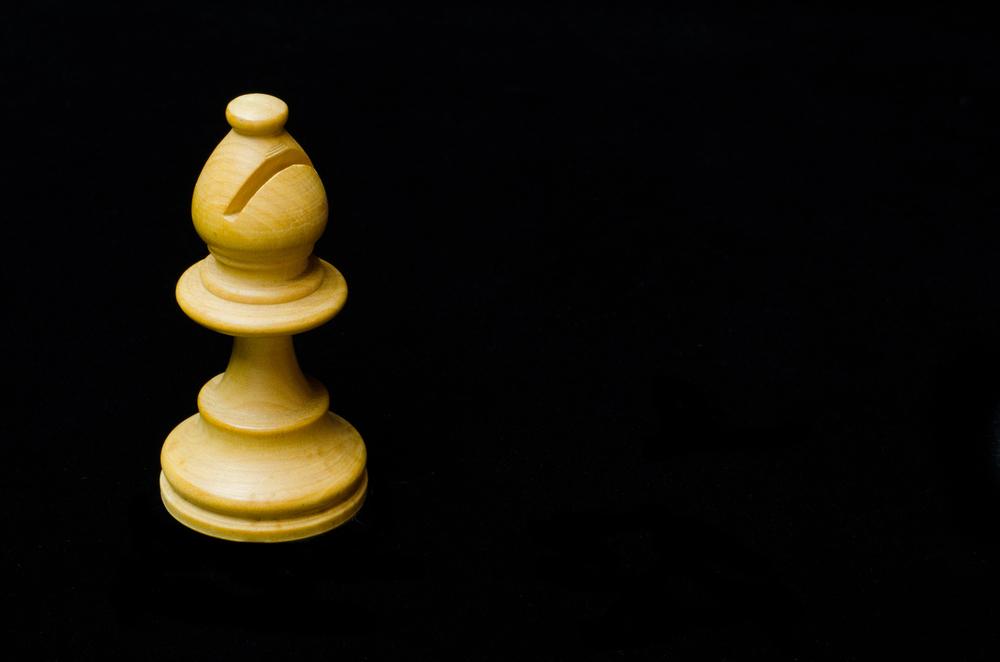
How To Bury A Bishop
Sometimes we can observe a peculiar situation in chess: one of the pieces on the board practically doesn't exist.
Yes, it is there: we can see it, we can feel it, but we cannot move it. Therefore, in most of the cases, for a practical purpose such a piece is dead.
We already analyzed such positions in this old article, where we discussed how to bury one of your opponents pieces in the middlegame.
Today we will see how to implement the same idea in an endgame, particularly a bishop's endgame.
As far as I know, the grandmaster and the world title contender David Janowski composed only one chess problem. But this problem is a must-know for any decent chess player since it demonstrates the main principle of playing the opposite-color bishop's endgames.
In order to win such an endgame you need to create two passed pawns on the opposite parts of the board.
The next classical game shows this concept very well (even though no bishop was buried alive there  ).
).

Now try to solve the composed study by David Janowski that I mentioned above.
I saw this study for the first time when I was a kid. I was impressed by a simple and yet efficient method White used to win the position that looked unwinnable for White. Then a funny thought came to me: what if White has no opportunity to play 6.c4!, would it be still winning for White?
Let's move White's c3 pawn to g5 and see what happens in this case. At first I thought that now the position is a dead draw, just like it appears. And then suddenly I had the proverbial "ah-ha" moment.
The idea looked so unreal that I was absolutely sure that I would never see it in a practical game. Indeed, what's the chance that you can trap your opponent's bishop using his own pawns in order to create a passed pawn for yourself?
Now you can imagine my shock when I saw the next game. I am sure you are going to find the brilliant idea of one of the strongest Chinese grandmasters instantly!
It is difficult to disagree with Magnus Carlsen, who mentioned that solving composed endgame studies helps him to further improve his endgame technique. Who knows, maybe Wang Yue was inspired by the endgame study by David Janowski.



